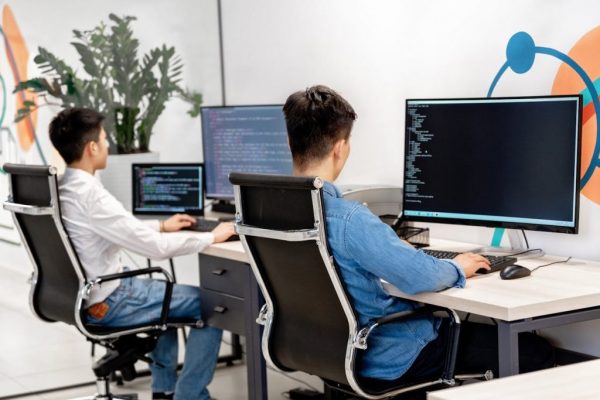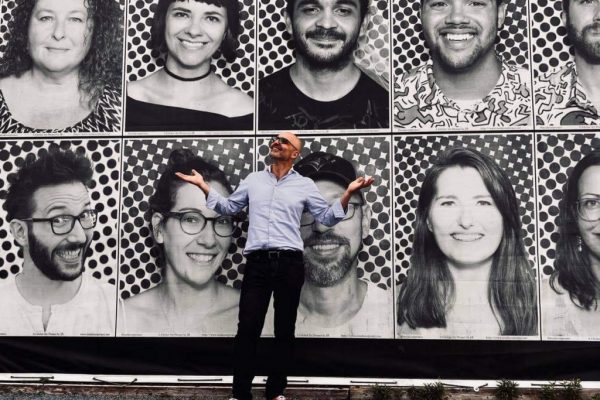
Social media is the primary source of information for those under 35, AI is emerging
The Reuters Institute, a media research center linked to Oxford University (United Kingdom), has just published its imposing (170 pages) annual report. A reference for analyzing new trends in information consumption. The summary in 4 key highlights.







